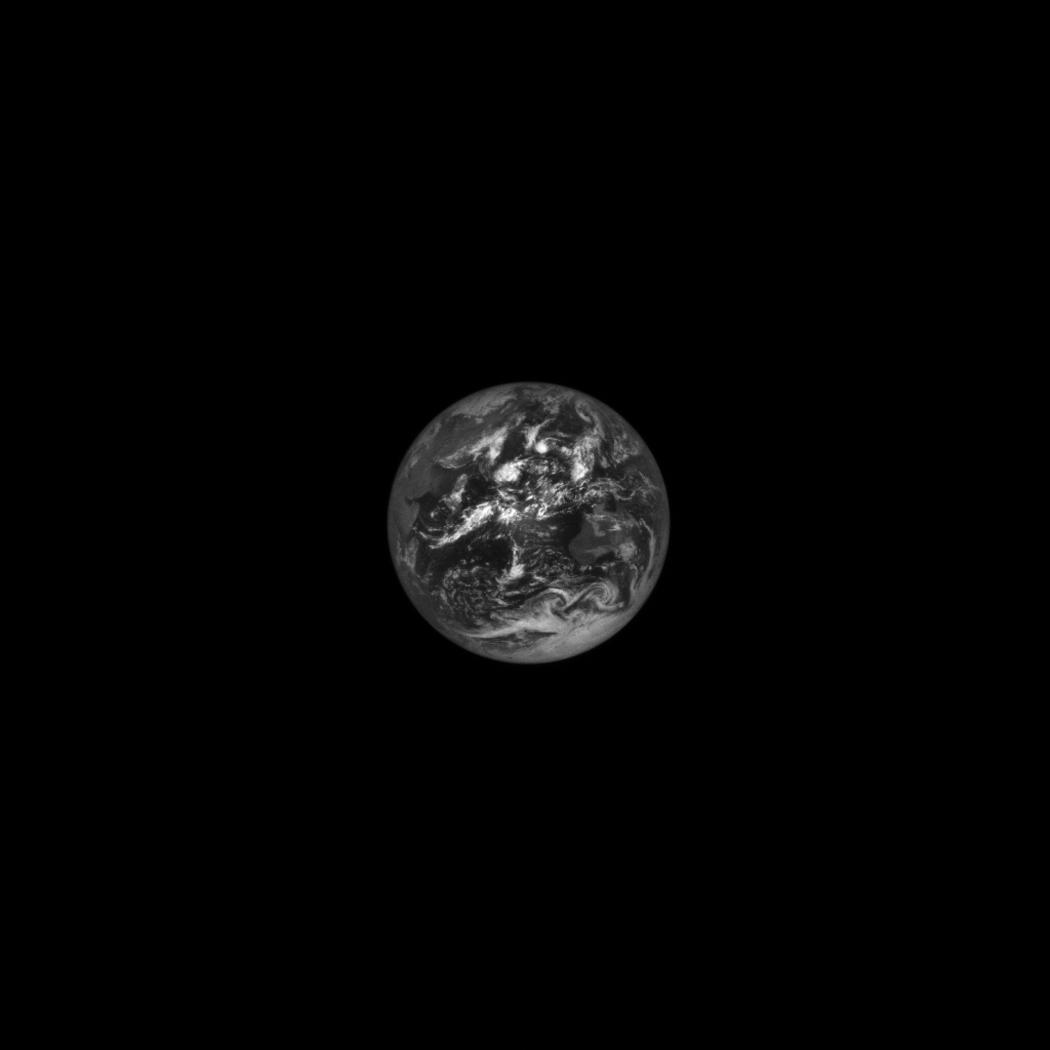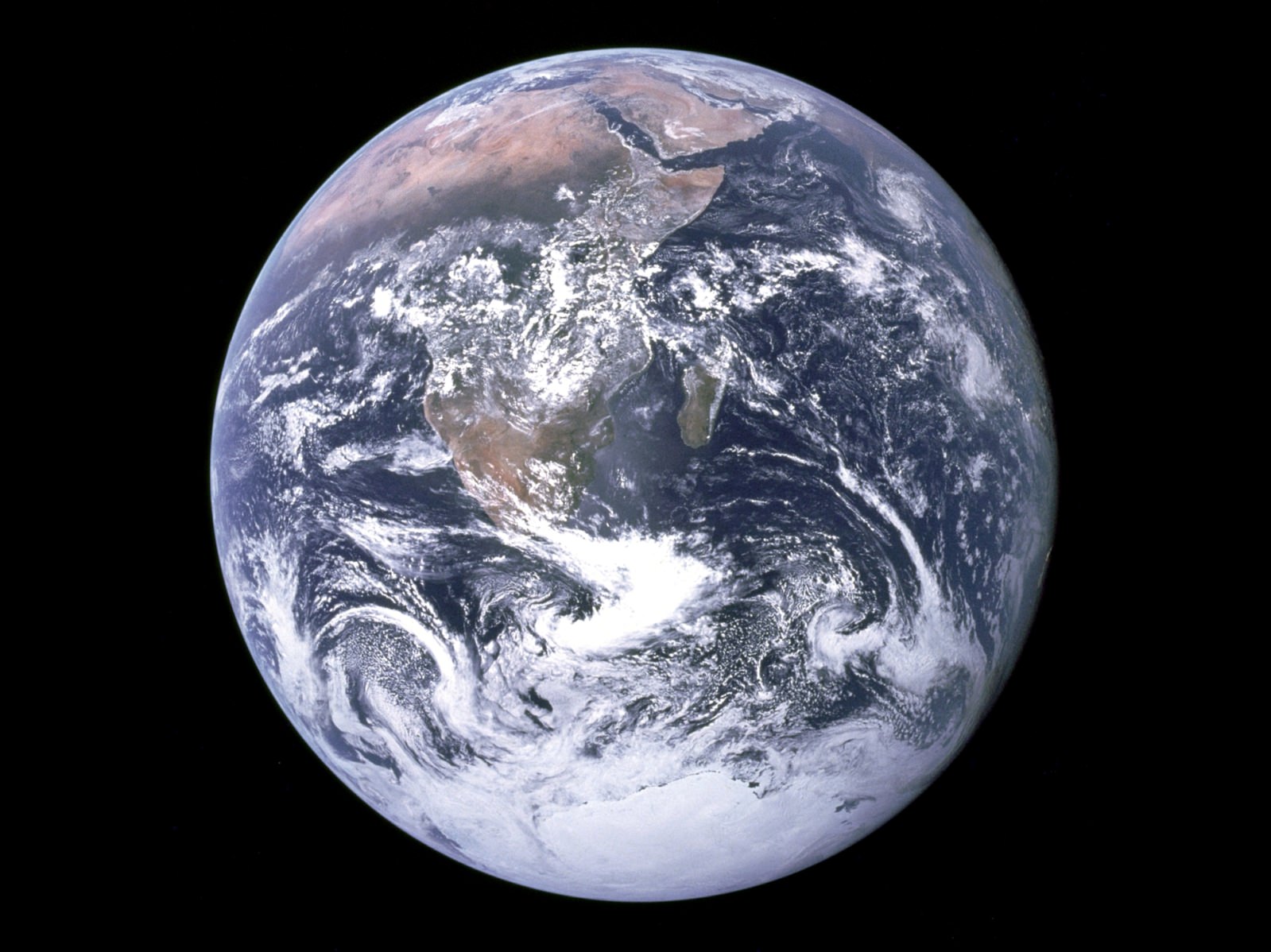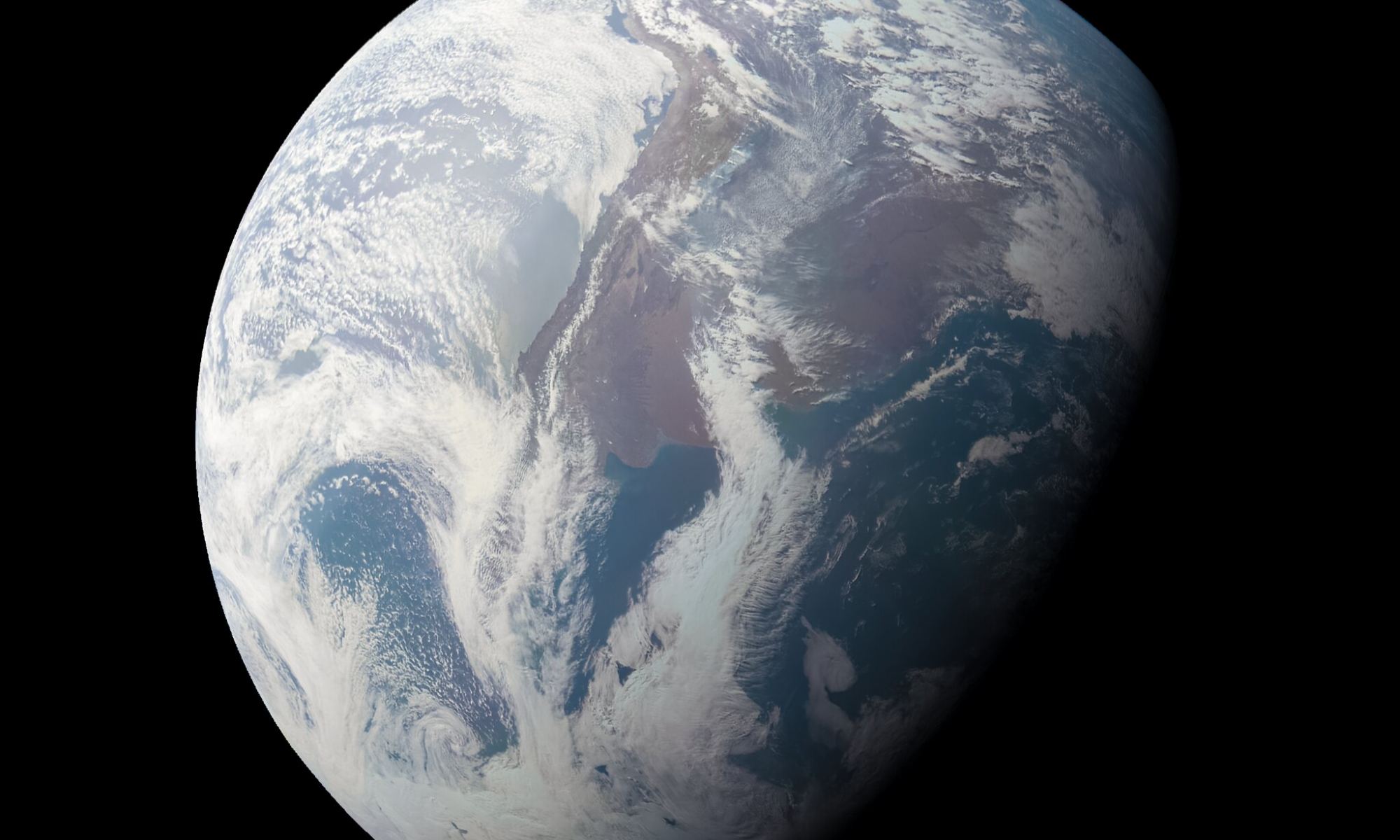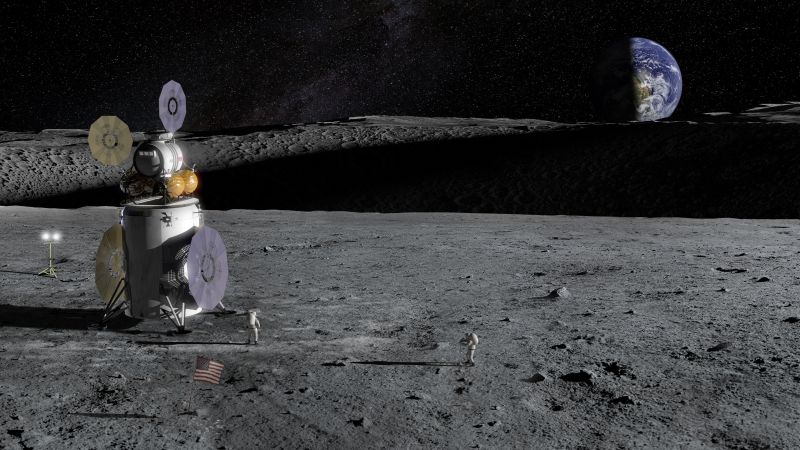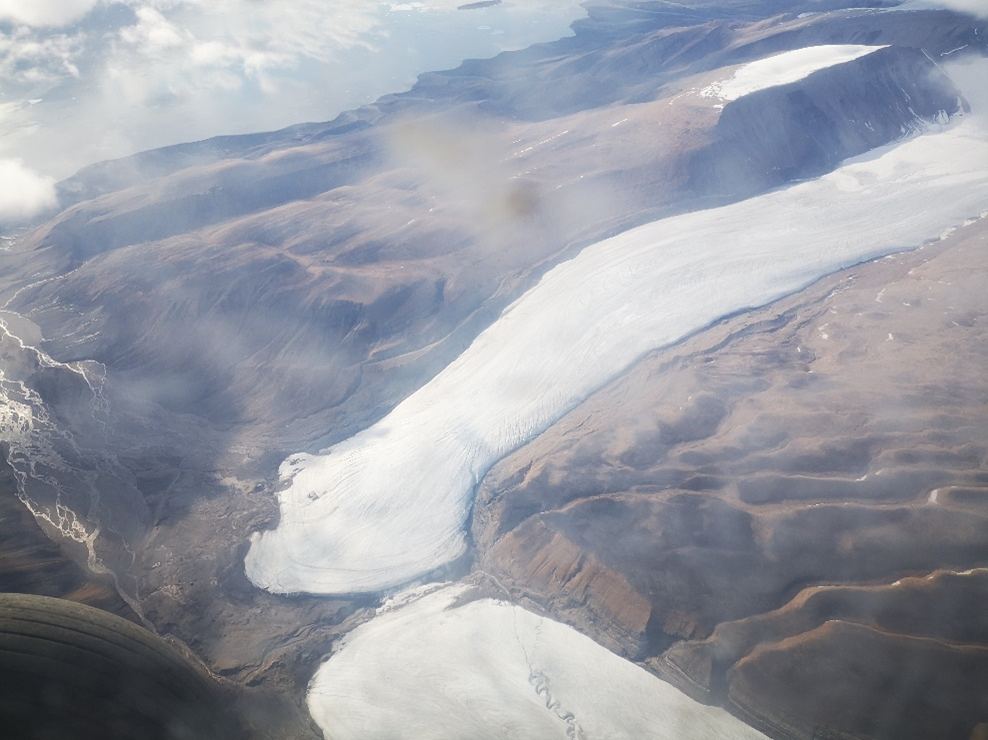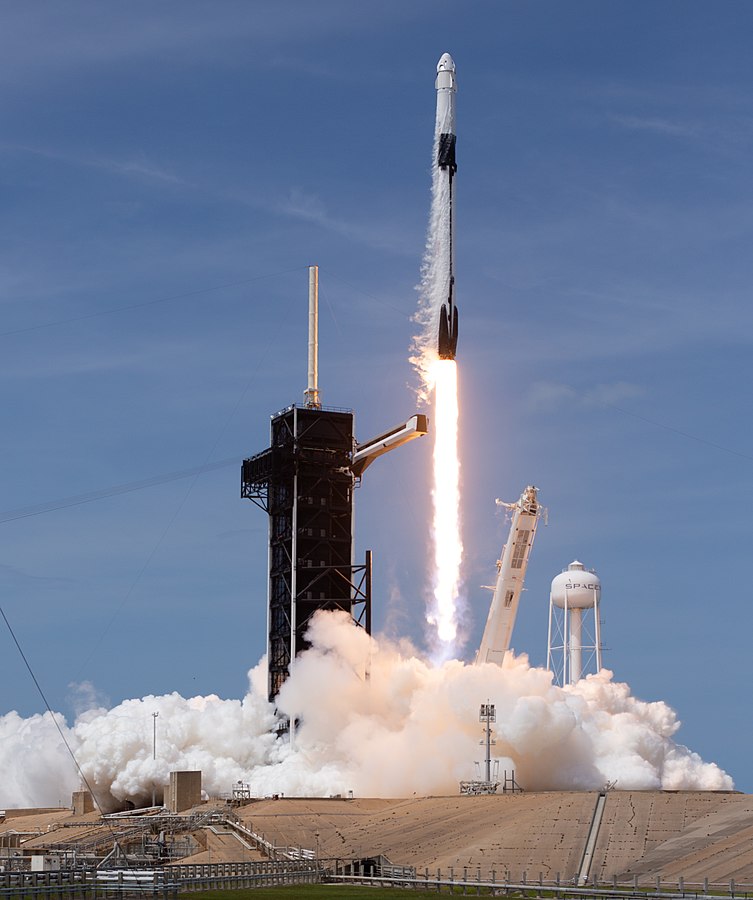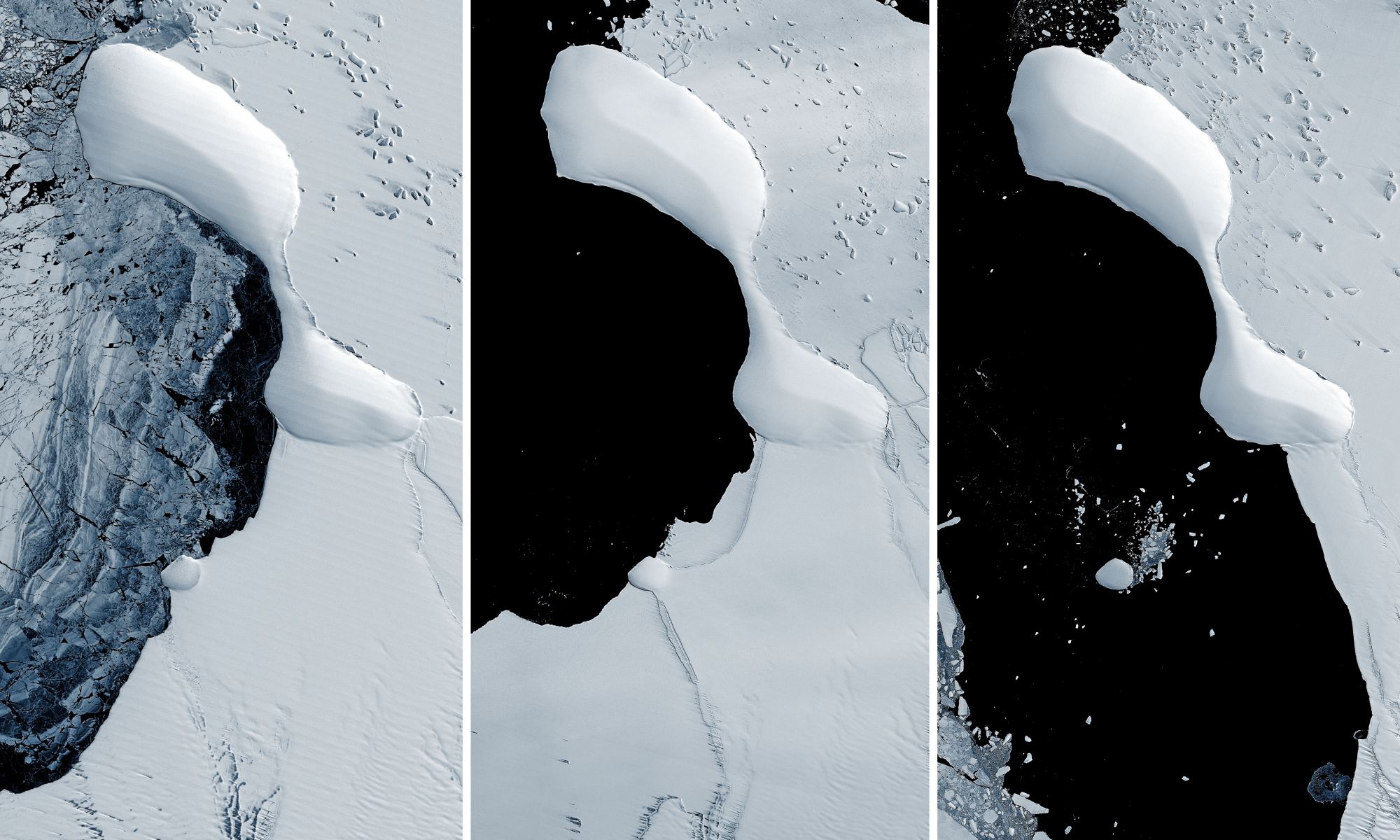We may take it for granted, but every day we receive picture postcards from the robotic travelers we have sent out to explore our Solar System. Usually, we get to see faraway planets, moons, asteroids, or comets. But sometimes we get to see ourselves.
The Lucy spacecraft took a couple of amazing images of our home planet as the spacecraft was approaching Earth for the first of three slingshot gravity assists on its way out to explore the Trojan asteroids along Jupiter’s orbit.
Continue reading “Lucy Took This Picture of Earth as it was Making its Gravity Assist Maneuver”
